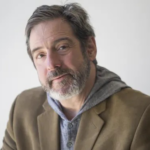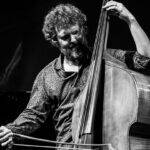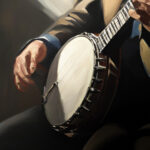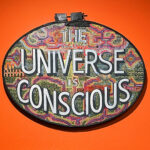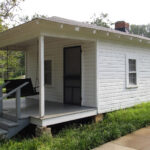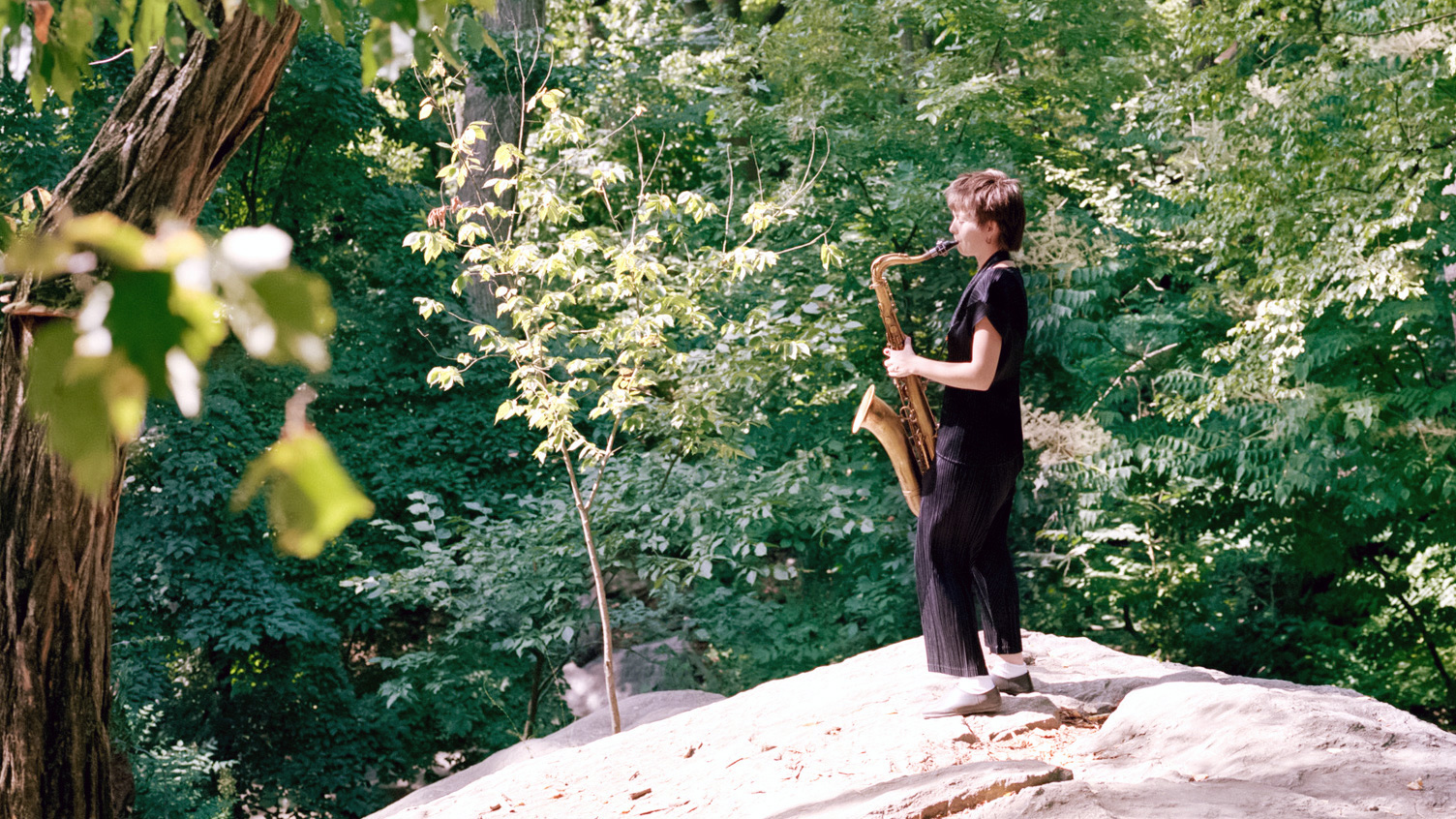
A Taste of the Divine Nectar
Zoh Amba is a rarity — a white woman saxophonist, from Appalachia, no less — playing “free jazz” in New York and around the world. But to pigeonhole her into a “hillbilly exotica” tale would be to devalue the hard work of a woman whose music fearlessly chases the divine.
“Music so wishes to be heard that it sometimes calls on unlikely characters to give it voice.”
— Robert Fripp
Twenty-two-year-old tenor saxophonist Zoh Amba is enjoying something of a moment right now. She was the subject of a September profile in The New York Times and appeared on several best of 2022 lists. She kicked off 2023 with an appearance last weekend at the NYC Winter Jazzfest Brooklyn Marathon. Next week, she embarks on a European tour, a West Coast sojourn that ends up at San Francisco’s SFJAZZ Center, and finally an appearance at the Big Ears Festival, just down the road from her hometown of Kingsport, Tennessee.
In 2022, she released four albums under her name: “O Life, O Light Vol. 1” with legendary bassist William Parker and Cuban percussionist Francisco Mela; “Causa y Efecto Vol. 1,” a duo with Mela; “O, Sun” with bassist Thomas Morgan, drummer Joey Baron, pianist Micah Thomas, and John Zorn on alto; and “Bhakti” with Thomas again on piano and drummer Tyshawn Sorey. This list is staggering; many musicians would feel blessed to collaborate with these cats over a decades-long career.
As with most saxophonists, it does not take long to spot primary influences. Typically, you catch John Coltrane or Sonny Rollins or Charlie Parker as the moving force. Then there are those who, finding themselves in the woods — literally, as we’ll see — choose the road less traveled.
Amba hitched her vision to the guiding lights of tenor iconoclast Albert Ayler and late-period Coltrane, eschewing the stricture of chord changes in favor of open-ended improvisation. This sets her apart from a throng of university-trained players steeped in what is becoming an all-too predictable academic production line. (There are notable exceptions to this narrowed pedagogy, but you won’t need all 10 fingers to count them.)
"When I was a kid, I was really sad. I wanted to just go to that place … heaven, you know. And I would pray. I prayed on my hands and knees for so long. And a few weeks later, I got the horn, and it showed me in my little world that this is really it, you know? This is heaven.”
Amba’s origin story is pretty much out there, too. Let’s be blunt: Nobody expects a white girl growing up in poverty in the East Tennessee hills to become a committed exponent of what is often dismissively called “free” jazz, a label that Amba explicitly rejects.
“It's not free jazz. It's not spontaneous or random,” she insists. “It's none of that stuff.”
(It’s worth mentioning that “free jazz” is a marketing invention that most “free jazz” musicians consider insulting and/or ridiculous. I agree completely even as I use it as a shorthand reference. I cringe every time I type the label. Mea culpa.)
Amba spoke with me from Kingsport, a classic company town lorded over by an enormous chemical manufacturer. Coincidentally, I spent my first eight years there. I wondered what it’s like now. Just like I remembered, apparently.
“So much pollution,” she said. “It’s sad. The air smells bad here, really bad.”
Moving on, Zoh explains how she found her path in her “little world.”
“I grew up with a single mom,” Amba says. “She had twins very young, so we kind of grew up with my grandma. When I was a kid, I was really sad. I wanted to just go to that place … heaven, you know. And I would pray. I prayed on my hands and knees for so long. Tears running down my face, just a little kid in middle school. And a few weeks later, I got the horn, and it showed me in my little world that this is really it, you know? This is heaven.”
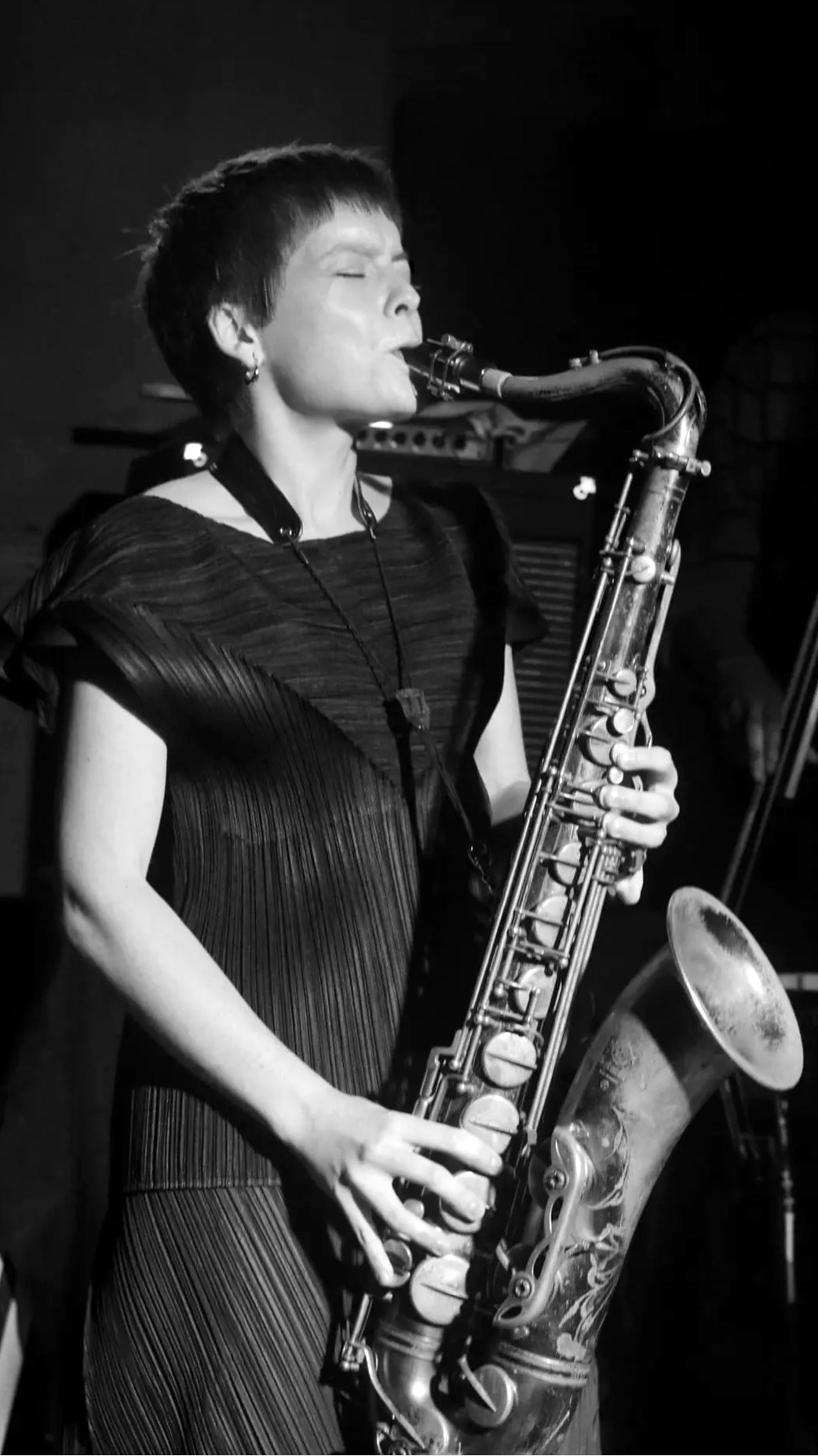
Amba got her horn through a school band program (let’s hear it for arts in public education!) but was told she needed to get a private teacher to qualify. Her mother “was not for the music,” Amba says. “I remember anything that I wanted to do in music … nope. Always no, no, you can't do this. No, no, no saxophone in the house. It's no, no, no, no, no.” Lessons were another big No.
Undeterred, Amba practiced in the forest around her home for hours on end. She found herself a fingering chart and went to work, developing her sound and ideas by serenading the trees and improvising with the silence of the forest.
“When I got the saxophone, it enabled me to focus on my heart and go deep inside there,” she explains. “That allowed me to have the concentration, the devotion, all these things that enable a human being in a body to go inside and dwell in touch with the Spirit, the stuff that's actually true. That's where the music is.”
Amba is not physically imposing — it’s a wonder that she produces such impressive depth and volume — and is somewhat shy at the outset of our chat. But as she warms to the subject, her passion emerges loud and clear. Her words tumbling out in sheets and flurries, this diminutive woman transforms into a presence.
“I think that I put so much in the horn because I was searching for something greater than this place here, and I was really blessed to have the music come into my life,” she says. “It kind of filled every single thing that I felt was not there. I was just striving. I knew I had to get out of Tennessee.”
"It's an everlasting journey to realize that oneness, to be submerged into that oneness. It's all God's grace, whether we realize it or not. In the music, I'm able to get glimpses, little tastes of this divine nectar. And it keeps me going.”
"She left home to study at the San Francisco Conservatory of Music and the New England Conservatory. Neither proved a fit for her aspirations, but she forged a network that resulted in her studying with saxophone legend David Murray and gaining supportive mentors like composer/drummer Tyshawn Sorey and bassist/arts advocate William Parker, who encouraged her to move to New York.
“I had never left Tennessee, so I had no idea what was out there, you know?” Amba recalls. “So when I went to San Francisco, I thought I was gonna meet all these people that were playing in the spirit I was. That just wasn't happening. I felt really lonesome, even more there than I felt here. And I was kind of getting in trouble with the school a lot because — bless their hearts, you know — but they just didn’t deal with the avant garde world, and they were so rude and mean to me. I was rude and mean, too. I was like, no, like, you can't talk about Cecil Taylor like that. I was really a fighter.”
She will need that fighter’s spirit for the path she has chosen. Like most roads less traveled, Amba’s is loaded with obstacles, not least the limited commercial possibilities offered jazz musicians, especially "out there" players like her. Amba’s commitment is real and evident, and while her non-engagement with chord change/notation might end up a self-limiting choice, there is no doubting her dedication to fully exploring this corner of the musical universe.
Of her four 2022 releases, Amba says of the latest (“Bhakti”) that “in my heart I feel like that's the first one I did. That one really felt like, yeah, this is real to my heart.”
What she writes in the liner notes about that album’s second cut, “The Drop and the Sea,” tells us a lot about Amba’s feeling toward all her music. The song, she writes, is about a drop of water that is “supposedly separate from the sea but is not really separate. It's all one. That's how it is in the music, too. And it's an everlasting journey to realize that oneness, to be submerged into that oneness. It's all God's grace, whether we realize it or not. In the music, I'm able to get glimpses, little tastes of this divine nectar. And it keeps me going.”
On the surface, Zoh Amba is certainly one of the “unlikely characters” that Robert Fripp imagined. That perception could just be my own class/gender/cultural biases at work, though the economic realities of being born into poverty in a neglected corner of the South do not portend well for cultural opportunities of any sort, much less for a vision so rare.
Amba embodies the possibilities that emerge when music calls out to humans who have ears to hear: Sad and alone, praying on her knees for some glimmer of salvation, a school band program hands her a horn and shows her a movie of Charlie Parker. Boom. Music literally has the power to change the world: one set of ears, one heart at a time. When we are lucky, those who are called, like Zoh Amba, spread the message, compounding the riches for all of us.
But the sad truth is that most people today, not just those born into rural poverty, never receive an opportunity to hear the arts calling. Most people, especially those with any actual influence, view the arts as luxury-approaching-frivolity, something we simply “cannot afford” even as we squander endless resources on socially useless yet economically “sound” boondoggles. In the context of our national military and law enforcement budgets, funding for the arts barely qualifies as a rounding error. Consider that in this fiscal year, the "Space Force" established by our former president is working with a budget allocation of about $26 billion, 65 times larger than the combined budgets the National Endowments for the Arts and Humanities, which total only $400 million.
Education in 2023 is primarily a means of producing interchangeable workers. For the upper and middle classes, this means becoming reliable consumers while occupying the “better” jobs. For the underclass it is much the same, with the proviso that work may not be as cushy/lucrative and might even entail serving as a cog in the school-to-prison pipeline that is another “essential” sector of our post-capitalist society.
Either way, the idea that we might educate our youth in the arts — including the art of becoming human — is rapidly drowning under the accelerating demands of market society in steady decline. The result is the ongoing squander of our rich potential to become human in full.
While we can applaud Zoh Amba — vigorously — for seizing her rare opportunity, I long for a time when her story is the norm, where we are no longer surprised that a country kid loves jazz or an urban kid with an 808 dreams of writing symphonies. Imagine a day when the various “30 Under 30” lists that profile our alleged best and brightest are not weighted with people whose highest ideals deliver new crypto- and bio-scams aligned with cross-synergistic media verticals. Someday, perhaps, we will collectively extol people who have chosen the richer path of becoming actual human beings. Until then, and as always…
Go. Listen.
About the author
Chattanooga-based writer/musician Rob Rushin-Knopf, Salvation South’s longtime culture warrior, blogs about culture at Immune to Boredom and appears regularly as one-half of the near-jazz duo RoboCromp.

